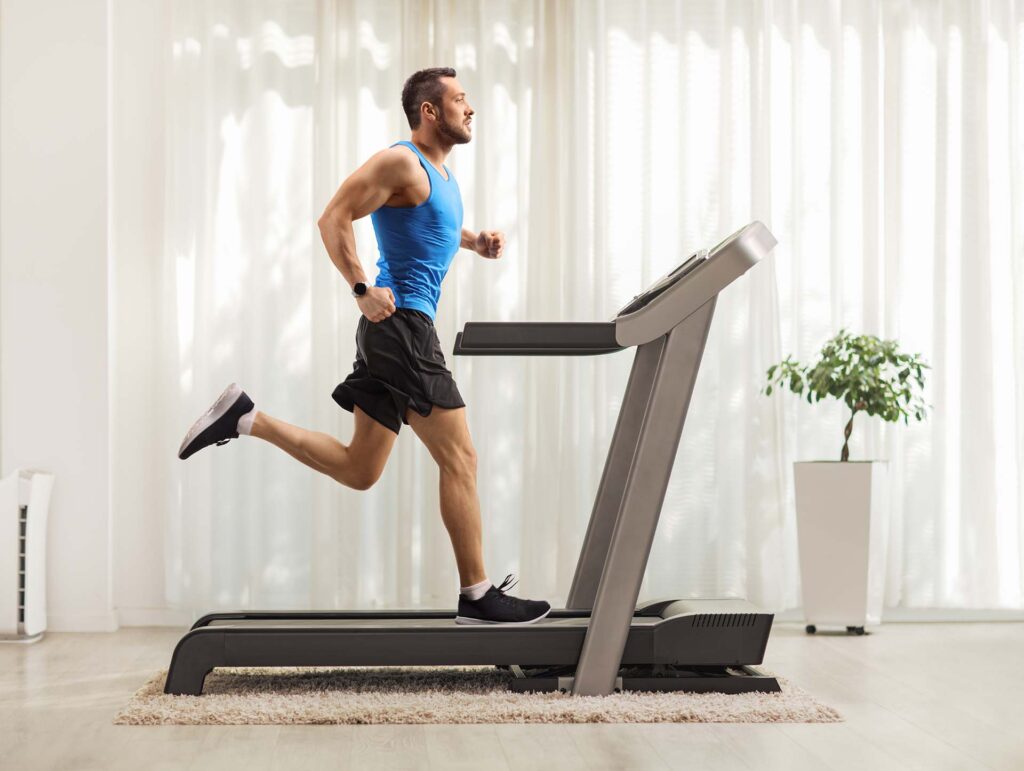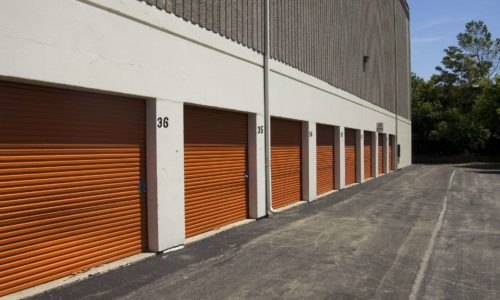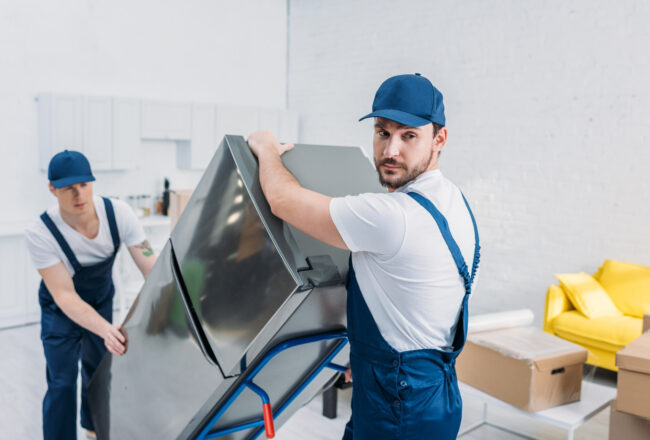Embarking on the task of moving treadmills can seem daunting, but with the right approach, it’s entirely manageable. Our step-by-step guide on how to move a treadmill is here to help you accomplish this task safely and efficiently. Follow along for expert tips and techniques to ensure a smooth transition for your fitness gear.
How to Move a Treadmill Safely?
To ship a treadmill safely, begin by unplugging it and securing all cords. If it’s foldable, lock it in the upright position. For non-foldable models, disassemble removable parts like the console. Wrap these parts and the main body in moving blankets or bubble wrap to protect them during transport.
Use a furniture dolly to transport the machine, ensuring it’s balanced and securely in place. Have someone assist with lifting and navigating to prevent injury or damage – state-to-state movers, preferably. Once at the new home, reassemble any parts you removed, following the manufacturer’s instructions, and check that everything functions properly.
Our Fitness Gear Moving Guide Starts With Understanding Your Treadmill
Whether you’re trying to figure out how to move a Peloton treadmill or how to move the Nordictrack treadmill, it’s crucial to understand its specific type and features. This knowledge will guide your approach to shipping it safely and ensuring an efficient relocation.
Start by consulting the user manual for any specific instructions provided by the manufacturer. Identify the treadmill’s weight, dimensions, and whether it has any delicate components that require special care.
If it’s equipped with electronic features, understand how to safely disconnect and protect these elements during shipping to another state. Being familiar with your treadmill’s characteristics ensures you can plan effectively for its transportation, minimizing the risk of damage to the equipment or injury to yourself.
Types of Treadmills – Folding vs. Non-Folding
Treadmills generally fall into two categories: folding and non-folding. Folding treadmills are designed for space-saving and typically have a hinge mechanism that allows the running deck to fold up. When securing this gear, ensure it’s securely locked in the folded position.
Non-folding treadmills are usually more robust and may require the disassembly of parts like the console or arms for easier transport. If there’s only one relocation tip we would emphasize, it is to pay special attention to their electronic components and screens.

Necessary Tools and Materials for Fitness Equipment Transportation
When transporting fitness equipment, having the right tools and packing materials is essential for ensuring a safe and stress-free relocation. Key supplies include moving blankets or pads, which protect against scratches and dents. Durable straps or ropes are vital for securing equipment onto a dolly or in the relocation truck.
A furniture dolly is indispensable for transporting heavy items like treadmills and weight machines. Additionally, consider using bubble wrap for extra cushioning, particularly for equipment with delicate parts or electronic screens. Screwdrivers and wrenches are also necessary for disassembling and reassembling. Having these tools and materials at hand simplifies the process of relocating to a new state significantly.
Tips for Gathering Packing Materials
When gathering all the different packing materials for moving fitness equipment, start by estimating the quantity and type of supplies needed based on the size and number of your items. You can often find blankets, straps, and dollies at hardware stores or relocation supply centers.
For an economical option, consider borrowing these materials from someone you know who has moved recently. Bubble wrap and packing tape can be purchased in bulk from office supply or shipping stores. Planning and acquiring your packing materials in advance ensures a smoother relocation day and keeps the anxiety about relocating under control.
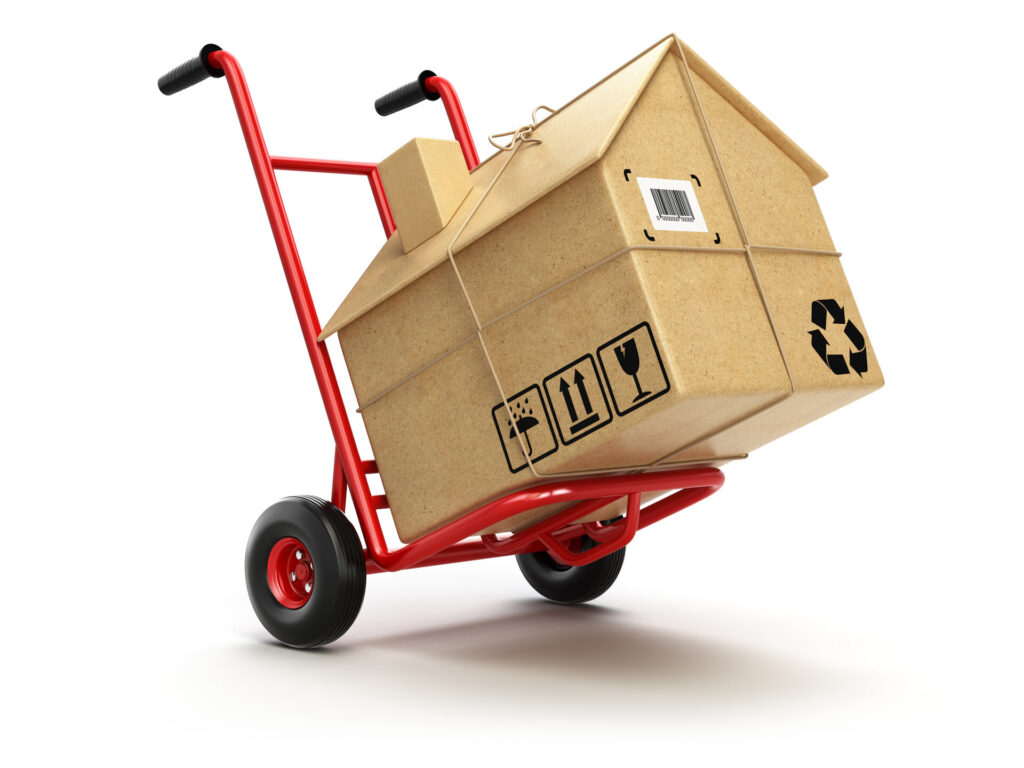
Step-By-Step Disassembly for DIY Treadmill Relocation
When tackling the task of disassembling fitness equipment, particularly treadmills, for DIY relocation, the first and most important step is to consult the equipment’s manual. This important document often provides crucial, model-specific instructions. Begin by ensuring the machine is unplugged, and all cords are securely wrapped to avoid damage.
Proceed to remove any detachable parts like the console, cup holders, or accessories using the appropriate tools. For folding treadmills, lock them in their folded position. For non-folding models, carefully dismantle larger components such as the belt and deck. It’s advisable to document each step of the disassembly process through photos or notes, which can significantly ease reassembly. You can add these to your relocation inventory.
Pay special attention to organizing screws, bolts, and small parts, storing them in clearly labeled bags or containers. Safety should always be your top priority during this process. If you encounter any challenging parts, refer back to the manual or consider seeking professional assistance to avoid damage or injury.
Organizing and Labeling Parts – What to Know
Effective organization of the packing process and labeling of parts during disassembly are key to hassle-free reassembly. Start by storing all small components, such as screws and bolts, in zip bags or small containers, clearly labeling each one with the part’s name and its location on the machine. Organize and store the parts in the order they were disassembled to facilitate an easier reassembly process.
Keeping the treadmill’s manual close at hand is also crucial, as it often includes detailed diagrams and instructions on the placement and assembly of various parts. By meticulously organizing and labeling each component, you not only reduce the risk of losing any parts but also ensure a smoother and more efficient reassembly of your treadmill during unpacking after relocation.
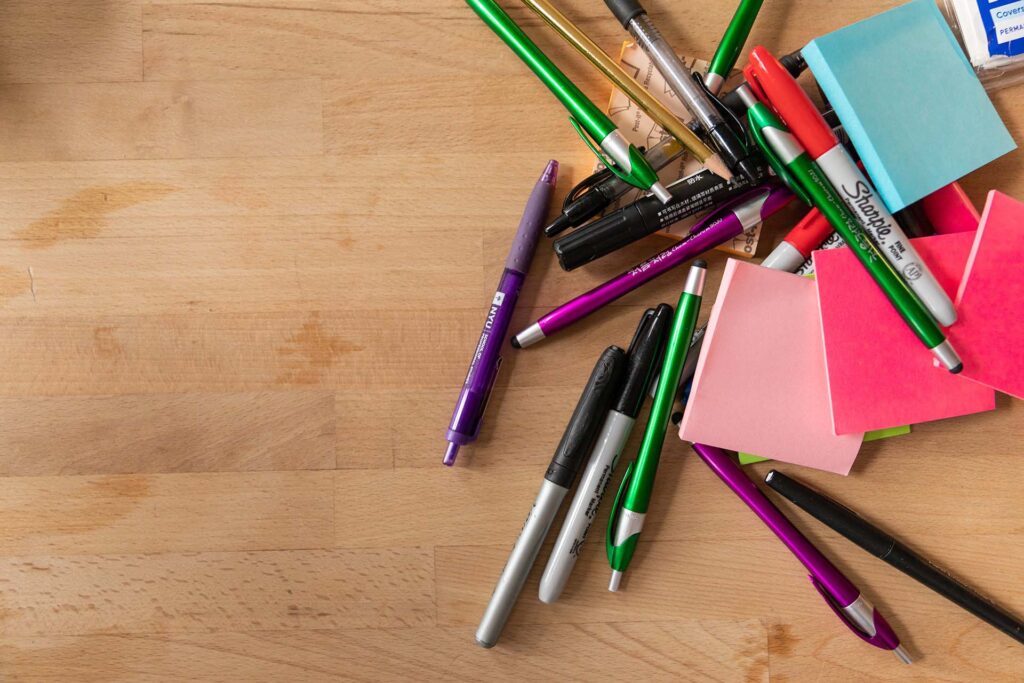
Packing and Protecting the Treadmill for Moving Interstate
When it comes to protecting exercise machinery for shipping, careful packing is essential. Begin by wrapping the main body of the machine to protect against impact and scratches. Secure these protective layers with packing tape, but ensure the tape doesn’t directly touch the equipment’s surface to avoid residue.
For electric treadmills, disconnect and safely pack the power cord, securing it to the main body. It’s also crucial to lock the deck into place to prevent it from opening and moving during transit.
Which Cushioning Techniques Should You Use?
For wrapping and cushioning the treadmill, bubble wrap and furniture blankets are unmatched. Be sure to wrap delicate components like the console and handrails with bubble wrap to provide shock absorption. Secure these wraps with packing tape. Additionally, you can use furniture blankets or thick towels around the body of the treadmill for extra padding, ensuring all edges and corners are covered.
How Do You Secure Loose Parts?
To secure loose parts for shipping, remove any detachable components, just as we mentioned earlier. Wrap these parts separately in bubble wrap and store them in labeled boxes. If the treadmill has wheels, ensure they are locked or immobilized. Tape down any hinged or movable parts to prevent them from shifting or opening during shipping.
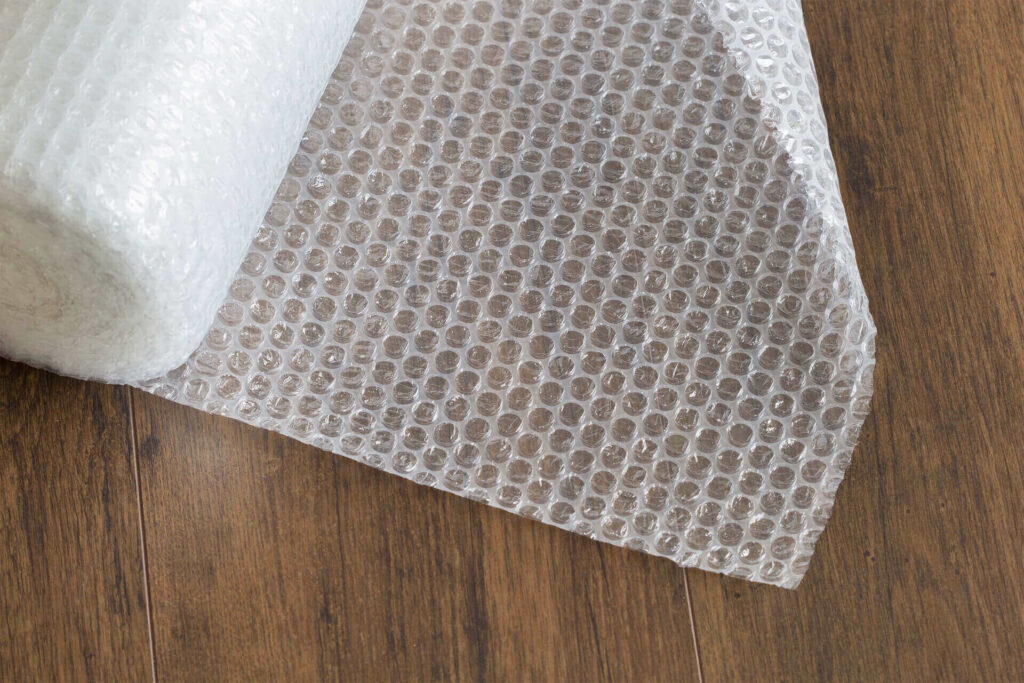
The Best Way to Move a Treadmill – Lifting and Carrying Techniques
Learning proper lifting techniques for heavy equipment is crucial if you want to move safely, especially with large items such as treadmills. Engage your legs, not your back, and use a slow, steady motion to lift. Hopefully, you’ll disassemble the treadmill into manageable parts.
If you’re not sure you can lift it on your own, it’s best to simply hire movers like State2State Movers to do it. When maneuvering through doorways and stairs, ensure the path is clear and have someone guide you to avoid collisions. Don’t forget our relocation hack – always use a furniture dolly!
Safety and Treadmill Moving Tips and Common Mistakes to Avoid
Safety is paramount during the relocation process. Ensure the cords are secured to prevent tripping before you try to lift the machine. Do not attempt to lift it alone – always have assistance. Avoid rushing, as this can lead to accidents or damage. Be mindful of common relocation mistakes like neglecting to lock the treadmill’s moving parts or underestimating its weight and size, which can result in injury or damage to the equipment and surroundings.
Treadmill Setup and Calibration After Moving State to State
Once the treadmill is in its new location, carefully reassemble any disassembled parts. Consult the manual to ensure proper setup. Calibration is important, especially after a long-distance relocation. Check the belt alignment and tension, and calibrate the speed settings as per the manufacturer’s instructions. Test the emergency stop feature to ensure it’s functioning correctly.
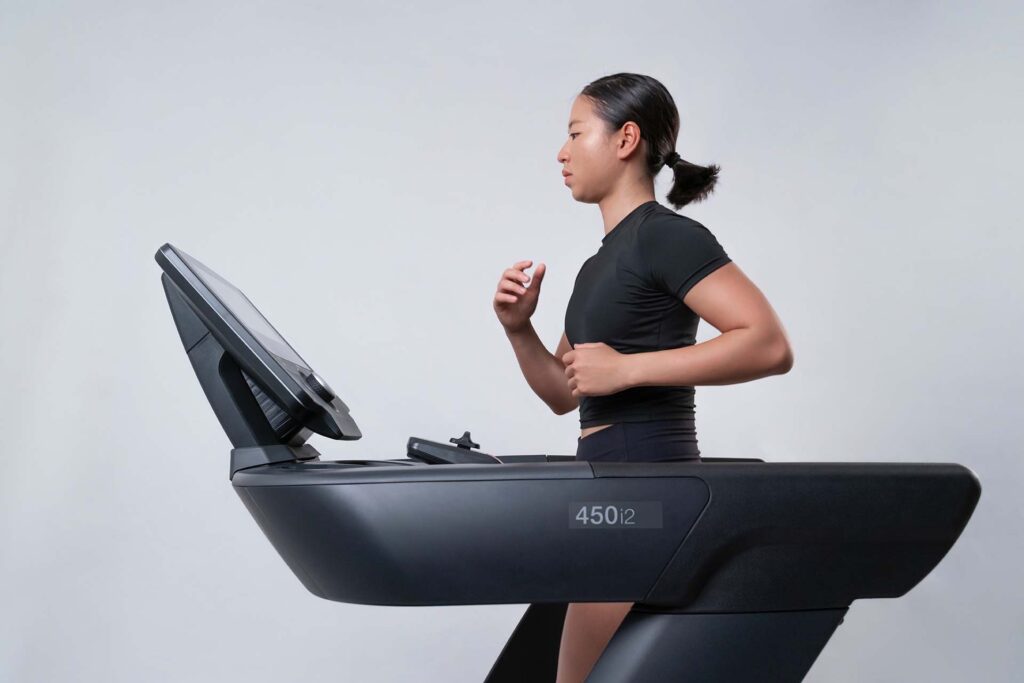
Hire Professional Movers to Do the Job and Improve Your Long-Distance Moving Experience
Hiring movers can significantly improve your long-distance relocation experience. These professionals bring the necessary expertise, equipment, and manpower to handle the complexities of long-distance shipping, transforming what can be an overwhelming task into a streamlined, stress-free process. Here are the main benefits of relocating with professional movers by your side:
- Professional movers are trained to transport items quickly and safely.
- They use proper techniques and equipment to prevent injury and damage.
- They can provide packing assistance, which saves you time and effort, allowing you to focus on other aspects of your relocation.
- Professional moving services provide peace of mind with scheduled timings and reliable handling.
- Movers typically offer insurance options to protect your belongings during transit.
- They have experience handling a wide variety of items, ensuring everything from your delicate china to heavy furniture is moved correctly.
Contact State2State Movers for Help – Let Us Make Interstate Moving a Breeze
Looking for a hassle-free interstate relocation experience? State2State Movers is here to make your journey a breeze. Our team of experienced professionals is equipped to handle every aspect of this process, ensuring a smooth and stress-free transition.
With our expertise in packing, loading, transporting, and unloading, we provide top-notch services tailored to meet your unique needs. Trust us to take the weight off your shoulders, allowing you to focus on settling into your new home. Contact us today and book our services – your first step towards a worry-free relocation!
How Do I Know if My Treadmill Is Foldable for Easier Moving?
To determine if your machine is foldable, examine it for a hinge or joint typically located around the base of the running deck. Consult the user manual, which should provide specific details on folding mechanisms. Foldable treadmills often have a visible latch or lever to facilitate easy folding and storage.
Can I Move a Treadmill by Myself, or Do I Need Help?
It’s advisable not to move treadmills alone due to their size and weight. Enlist at least one other person to help, ensuring safety and preventing potential injuries or property damage. Assistance is particularly crucial when navigating stairs, corners, and narrow spaces, where the risk of accidents increases.
What Are the Risks of Moving a Treadmill Incorrectly?
Incorrectly moving a treadmill poses several risks, including personal injury due to improper lifting or dropping, damage to the machine itself, such as breaking electronic components or snapping belts, and harm to your property, like scratches on floors or dents in walls. It’s essential to move with caution and awareness.
How Do I Protect My Floors and Walls When Moving a Treadmill?
Protect floors by placing furniture sliders under the machine. Wrap furniture blankets or padding around the machine’s edges to safeguard walls. Clear the moving path of obstacles to prevent accidental collisions. Move slowly, particularly in tight spaces, to avoid scraping floors or hitting walls with the equipment.

